The Conquest of Mexico, Part One
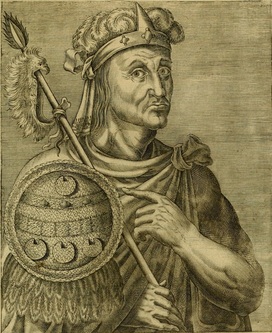 Moctezuma II, from Wikipedia
Moctezuma II, from Wikipedia 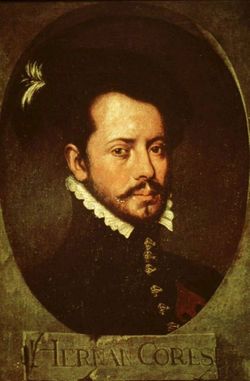 Hernán Cortés. From Wikipedia.
Hernán Cortés. From Wikipedia. "They went on the pretext of seeking trade. So they went in disguise, to find out about them... [For] they had the opinion of the time that our Prince Quetzalcoatl had come.
The Spaniards called them, asked them: 'Who are you? From where have you come? Where is your home?'
At that moment they told them, 'We have come from México.
Then they asked, 'If truly you are Mexicas, what is the name of the ruler of México?'
[They replied], 'Our lords, his name is Moctezuma.'"
"Everyday, before they undertake any work, they burn incense in the said mosques [temples] and sometimes they sacrifice their own persons... they take many boys or girls, and even grown men and women, and in the presence of those idols they open their breasts, while they are alive, and take out the hearts and entrails, and burn the said entrails and hearts before the idols, offering that smoke in sacrifice to them."
"Then the Captain ordered that they be tied up; they put irons on their feet and necks. When this was done, they fired the large cannon. One by one they fainted, they fell to the deck; swaying, they lost consciousness. And the Spaniards lifted and raised them and gave them some wine to drink. Then they gave them food, fed them. With this, they recovered their strength and caught their breath."
"He was even more frightened when he heard how the cannon exploded on command, sounding like thunder... And when it was fired, something like a ball of stone comes out... shooting sparks and raining fire... and punishes the head even to the brain and causes discomfort... when it struck a tree, it splintered, seeming to vanish, as if someone blew it away... When Moctezuma heard all this, he was filled with terror, as if he were fainting. His heart was sickened; his heart was anguished."
"What can we do, my strong ones? What can be done here? We are finished! We are at the mercy of our gods! Is there a mountain we can climb? Can we perhaps escape? We are at the mercy of our gods . . . What they want, they will get, what they want will come to be."
"Our lord, you are very welcome in your arrival in this land. You have come to satisfy your curiosity about your noble city of Mexico. You have come here to sit on your throne, to sit under its canopy, which I have kept for awhile for you... I am not just dreaming that I have seen you and have looked at you face to face. I have been worried for a long time, looking toward the unknown from which you have come, the mysterious place. For our rulers departed, saying that you would come to your city and sit upon your throne. And now it has been fulfilled, you have returned. Go enjoy your palace, rest your body. Welcome our lords to this land."
"It is true I have some things of gold..."
"It is true I have some things of gold, which my ancestors have left me; all that I have is at your service whenever you wish it. I am now going to my other houses where I reside; you will be here provided with every thing necessary for yourself and your people, and will suffer no embarrassment, as you are in your own house and country."
"And when they arrived, when they entered the house of treasures, it was like they had arrived in Paradise. They searched everywhere and coveted everything, for, yes, they were dominated by their greed."
Come back for Background History, Part Six, coming December 1, 2015
Sources:
Florentine Codex - https://www.historians.org/teaching-and-learning/classroom-content/teaching-and-learning-in-the-digital-age/the-conquest-of-mexico/florentine-codex
Letters from Cortes - https://www.historians.org/teaching-and-learning/classroom-content/teaching-and-learning-in-the-digital-age/the-conquest-of-mexico/letters-from-hernan-cortes
TTC Course: Maya to Aztec Ancient Mesoamerica revealed - http://www.thegreatcourses.com/courses/maya-to-aztec-ancient-mesoamerica-revealed.html
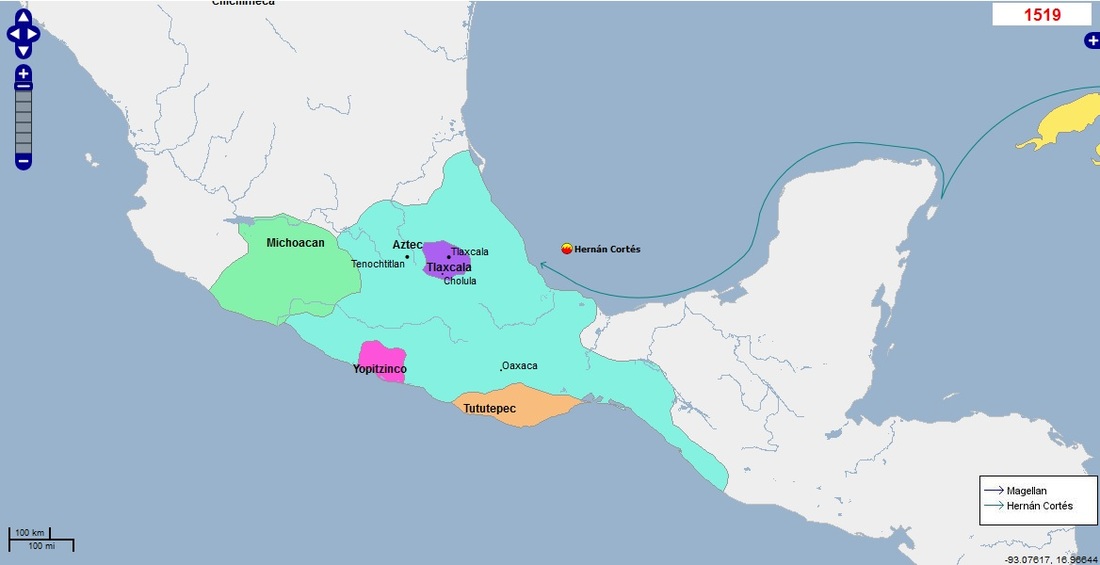
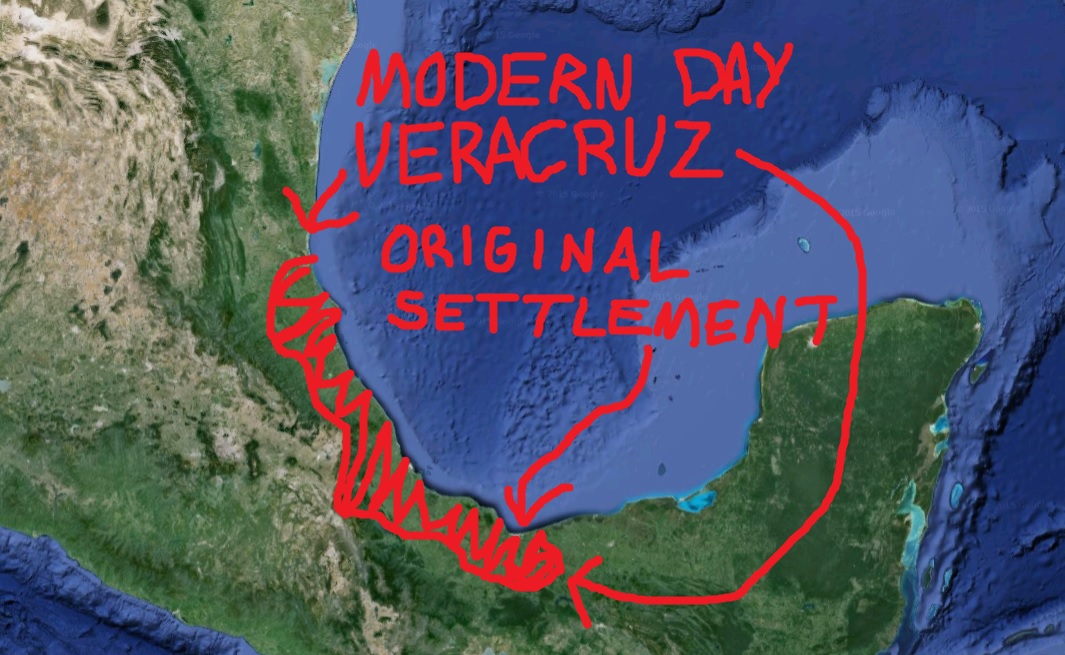
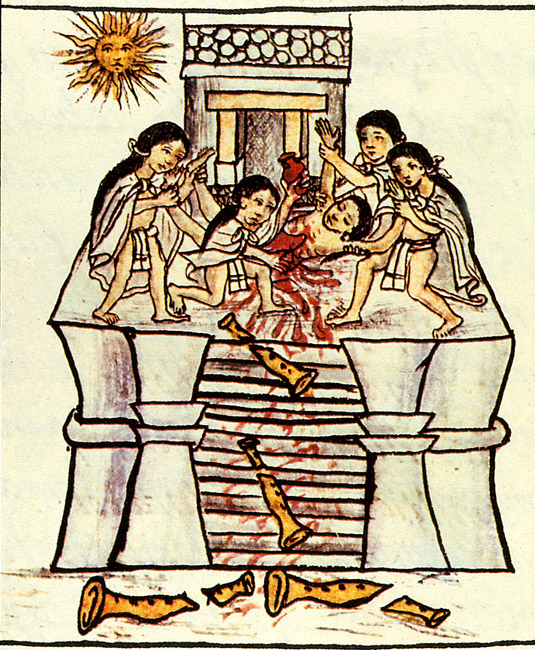
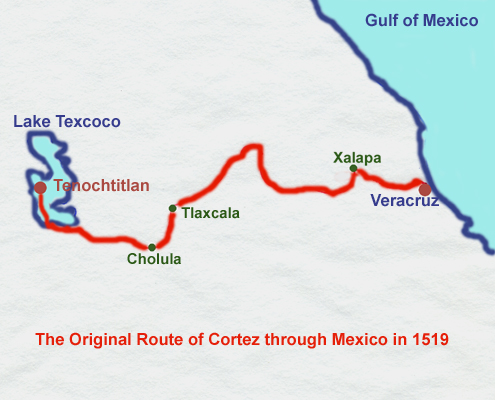
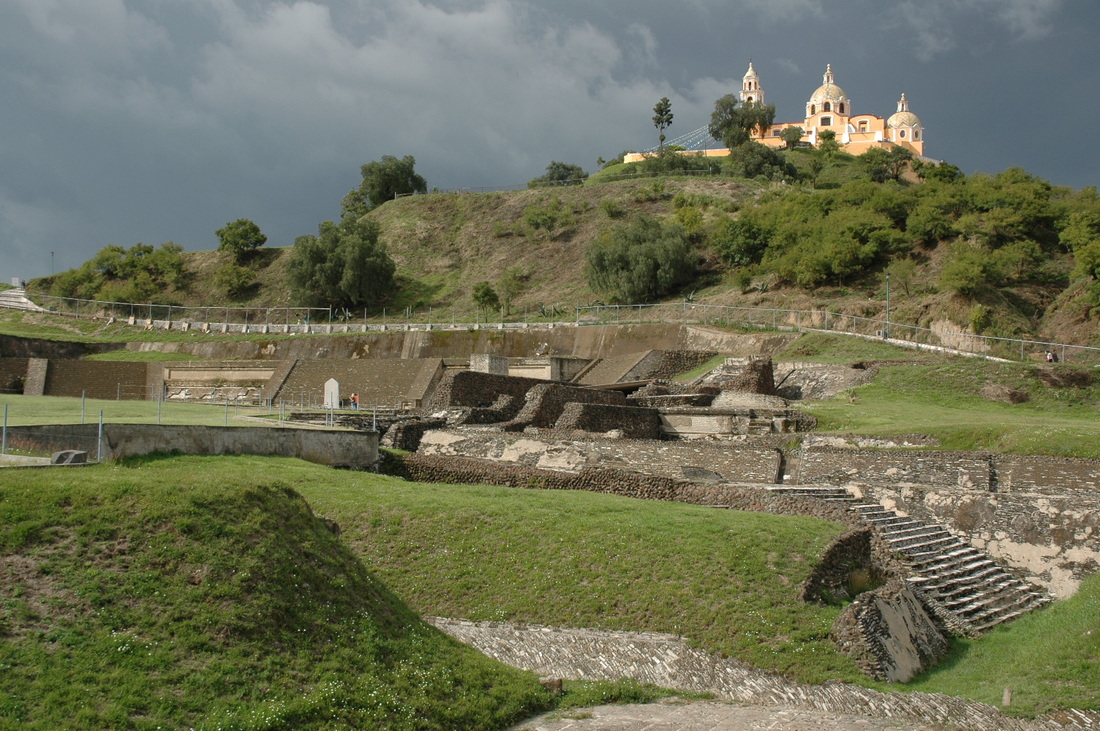
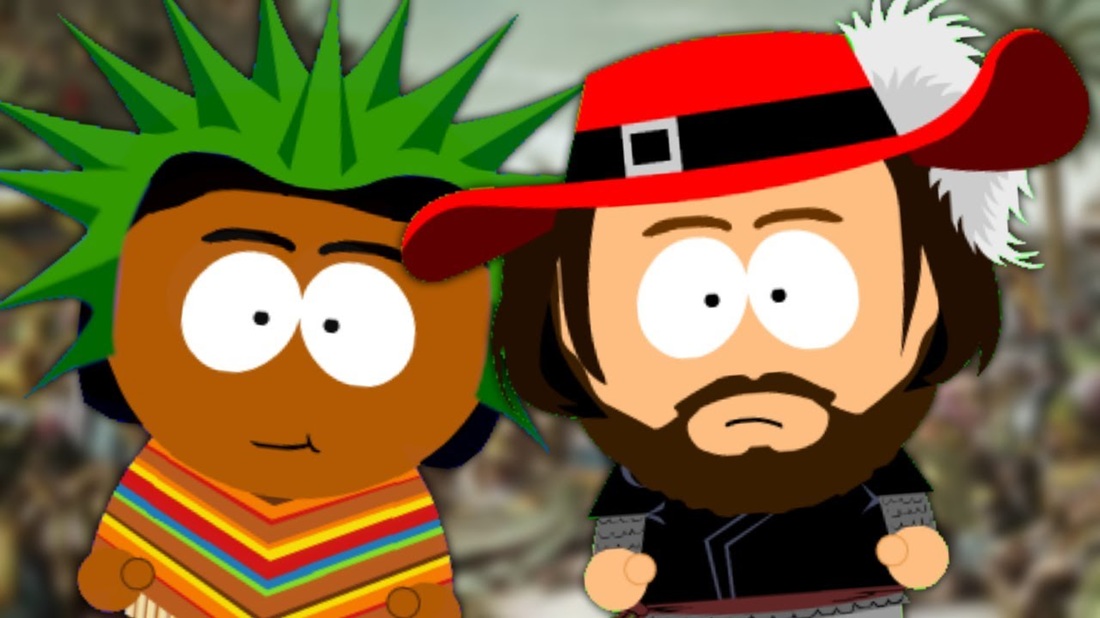
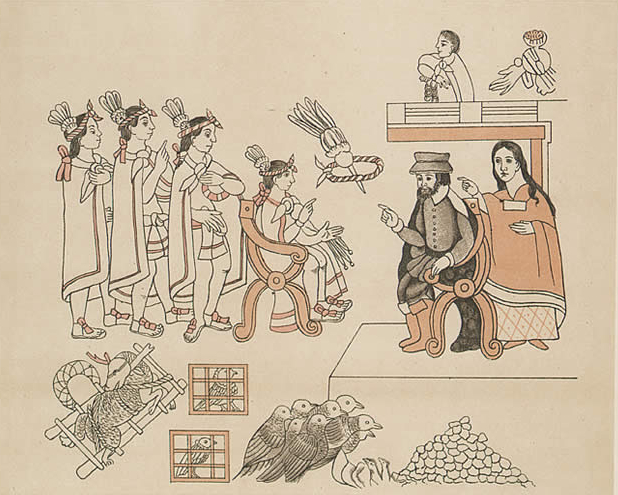

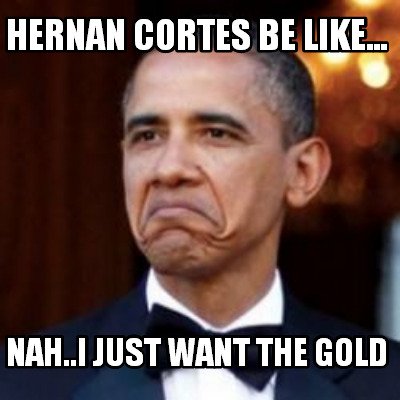
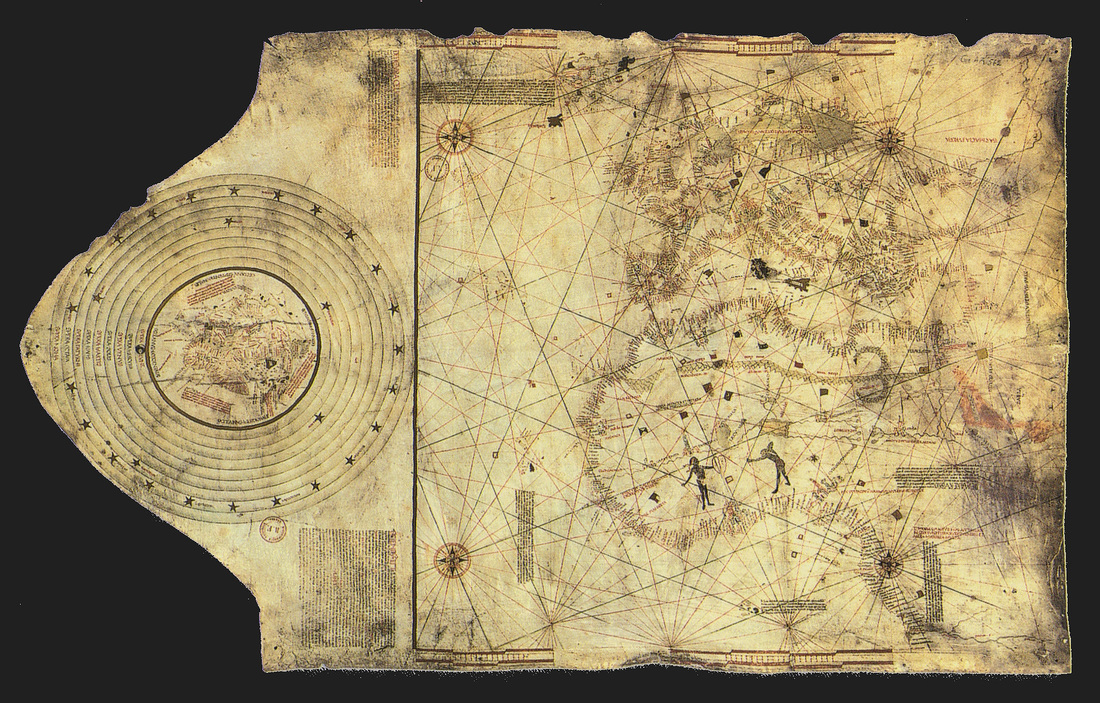
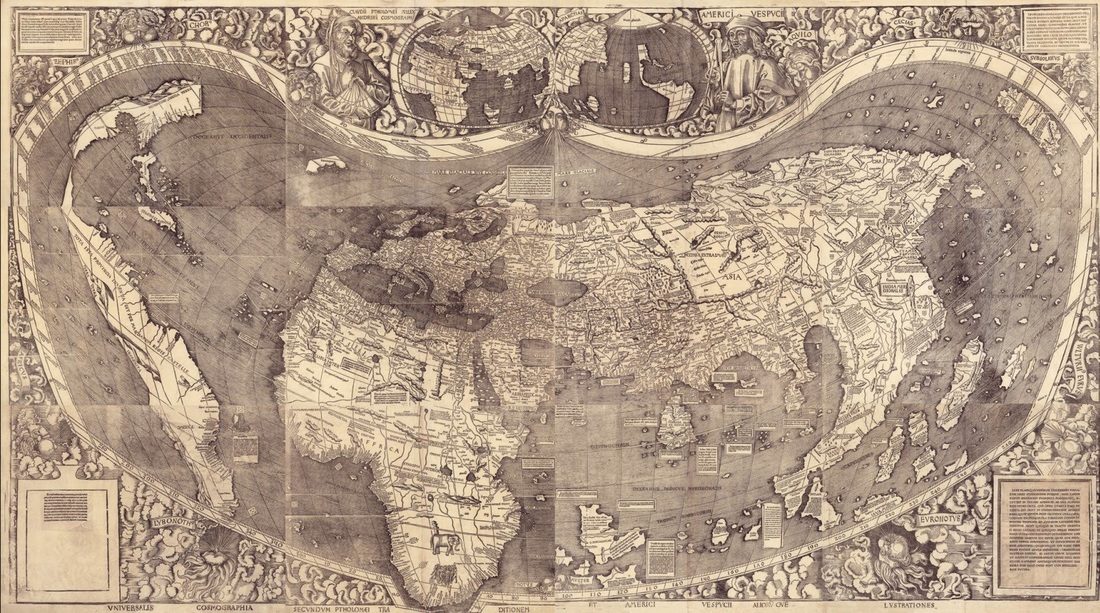
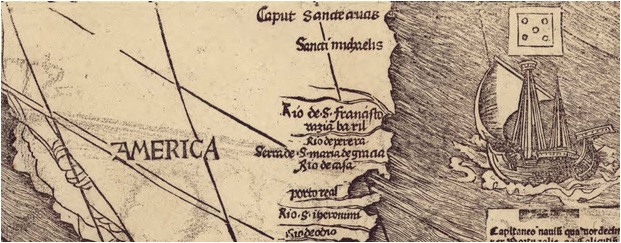
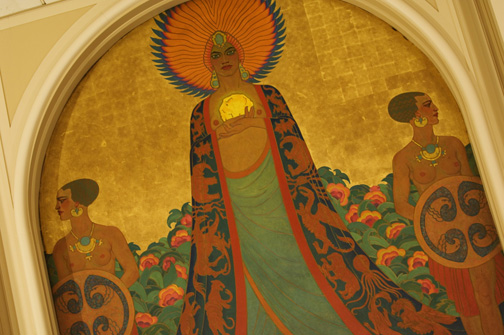
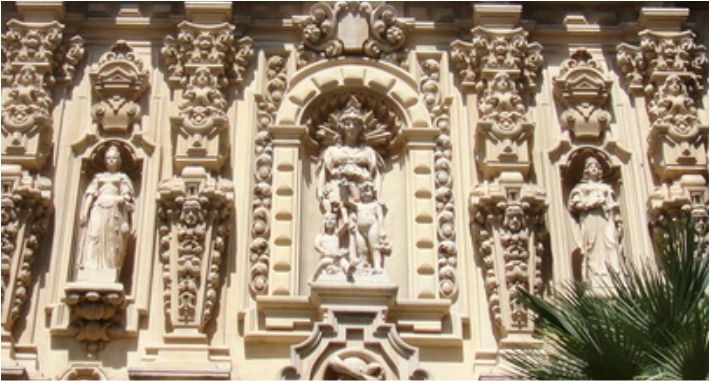
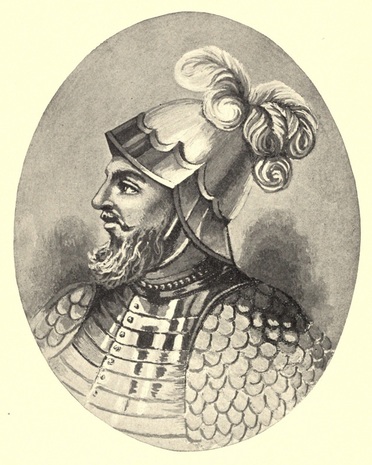
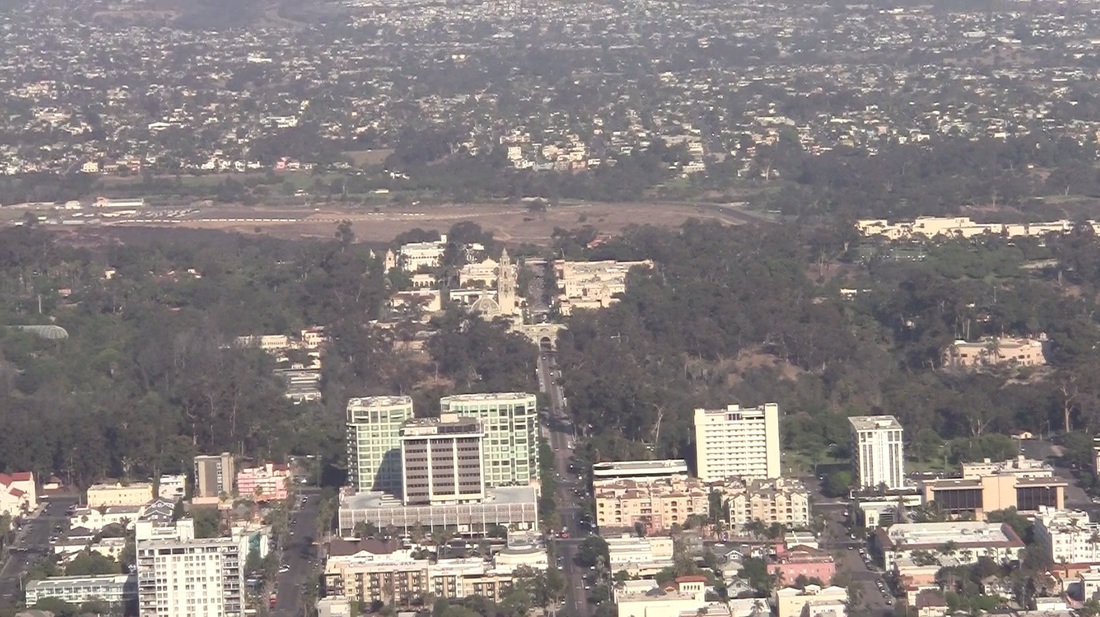
 RSS Feed
RSS Feed